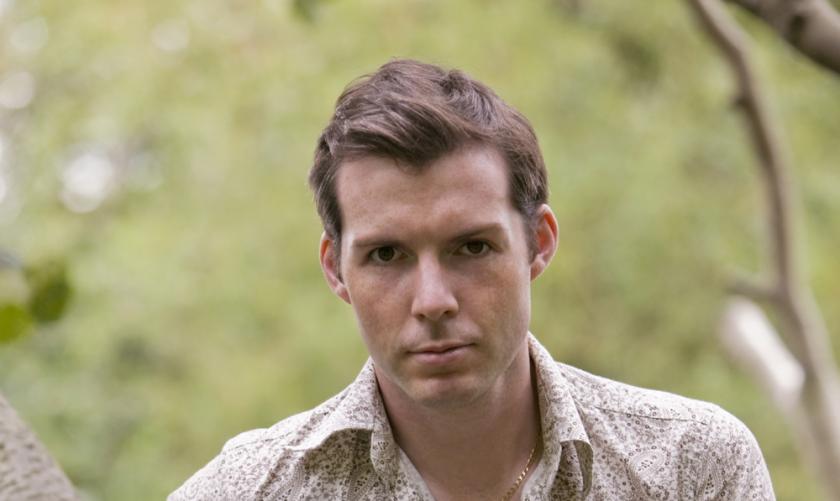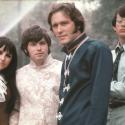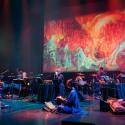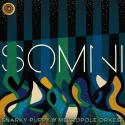Gwilym Simcock, pianist, composer, and jazz-classical crossover specialist, is releasing two albums this year, and at Kings Place last night, the audience had a taste of both. An evening billed as the launch of Instrumation, Simcock’s new album of original suites, became a kind of Simcock tasting menu. He played half of Instrumation, which was officially launched, and sections from his second album of 2014, Reverie at Schloss Elmau.
There was also a first set from Simcock’s trio with French saxophonist Celine Bonacina and bassist Michel Benita, which was technically and musically intricate and spacious. Just as the tone was threatening not to develop beyond the cerebral, they launched a funky, driving groove, decorated by rhythmical punctuation, both abstract and animalistic, on Bonacina’s baritone sax.
Simcock is well known for combining classical compositional rigour with the spontaneous freedom of jazz
The second set, from Instrumation, launched Simple Tales, one of Simcock’s two new suites. (The second suite, Move!, Simcock’s first composition for chamber orchestra, wasn’t performed.) The simple tales, five standalone pieces, are only simple compared to the programmatically linked Move! The bulging whites of the musicians’ eyes suggested they were technically quite complex.
Simcock is well known for combining classical compositional rigour with the spontaneous freedom of jazz. Each instrument seemed to have passages of full, classical-style composition, followed by sections of harmonic support, as if supporting a jazz soloist. Styles straddled the genres, too, so where Thomas Gould and Gabriella Swallow, on violin and cello, might have been playing a piece of Holst or Prokoviev one minute, Yuri Goloubev’s fingered bass and Martin France’s drumming evoked the jazz trio. Simcock’s skill in blending harmonic colours produced a sumptuously complex but controlled musical atmosphere. Melody was always building, threatening to break, but remained austerely controlled. The final, movement, ‘Dance!’, influenced by Celtic folk, which could have got its roots out and grooved, was more Bartok than barn dance.
In the main, the combination of genres produced beautiful layered textures, though the combination occasionally jarred. Simcock reveals in the liner notes that the suite was expanded from a classical trio. While Goloubev’s bass, by turns subtle and finger-smoulderingly agile, blended seamlessly, there were a couple of passages in which the drums’ insistent patter obscured the predominantly classical blending of string textures.
A couple of pieces from Reverie at Schloss Elmau opened the second set, and whetted the appetite for the whole album. Piano and bass lilted alternately like the two ends of a yacht in a gentle swell, while a delicate pastoral melody floated through spacious pools of reflectiveness. In an evening of fine playing, Simcock’s rapport with Goloubev stood out as a model of sympathetic interaction.
Coquettishly, Simcock played two encores. The first, with the quintet, was a version of Samuel Barber’s ‘Excursions’, a furiously fast and grooving rendering of an intriguingly quirky tune. The second, a solo piano meditation on ‘Every Time We Say Goodbye’, skilfully extracted many minutes of intensely emotional variation from this sometimes schmaltzy tune. In an evening already crammed with musical delicacies, they were a fine dessert. One wondered whether next time such sublime pieces of craft from this end of the crossover spectrum could provide the whole menu.














Add comment